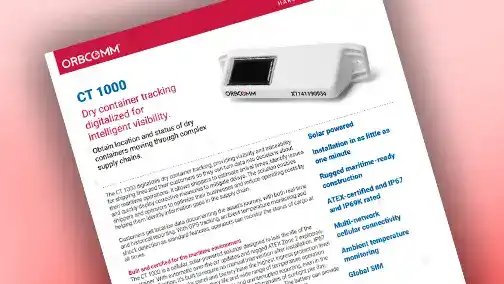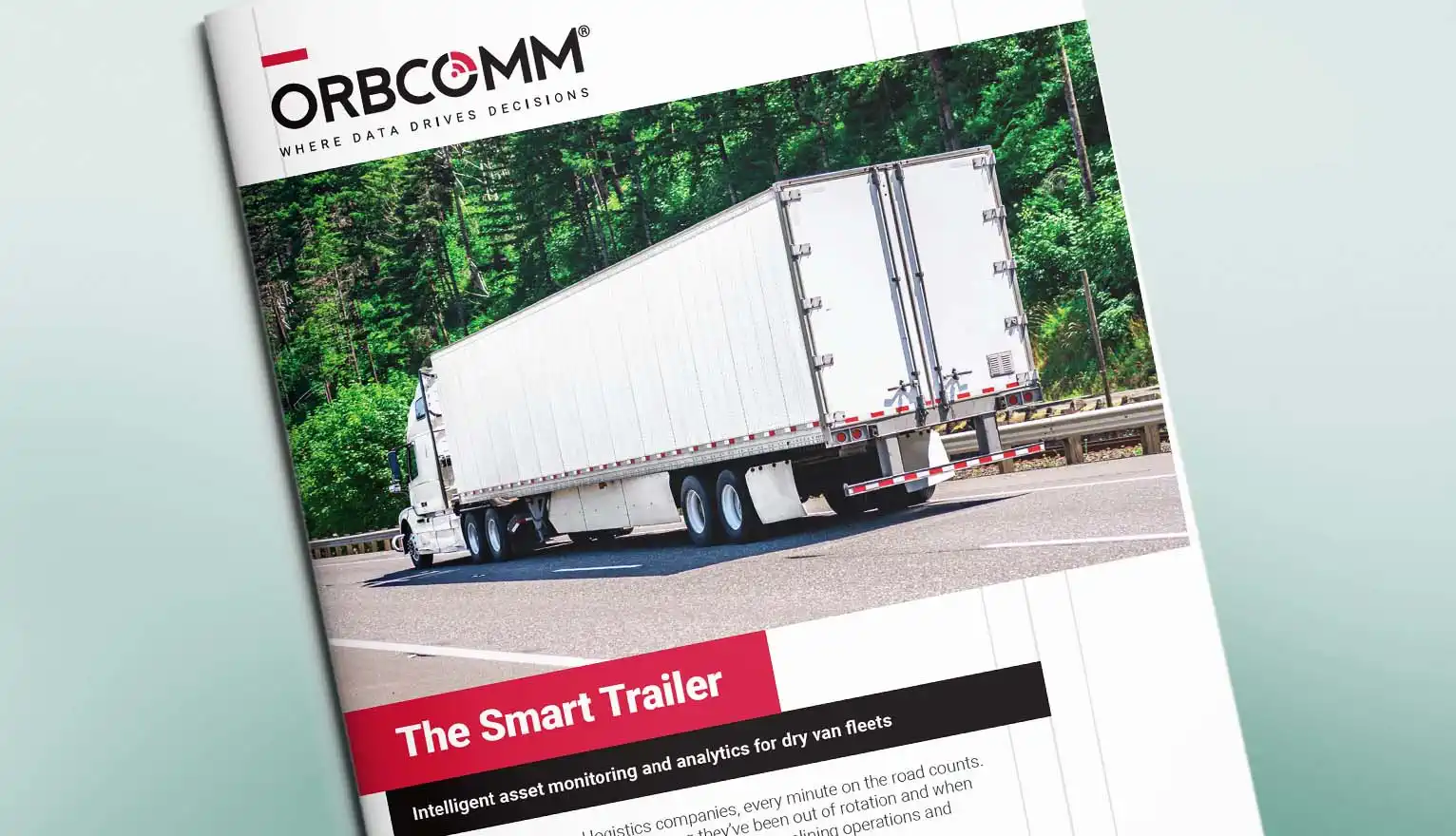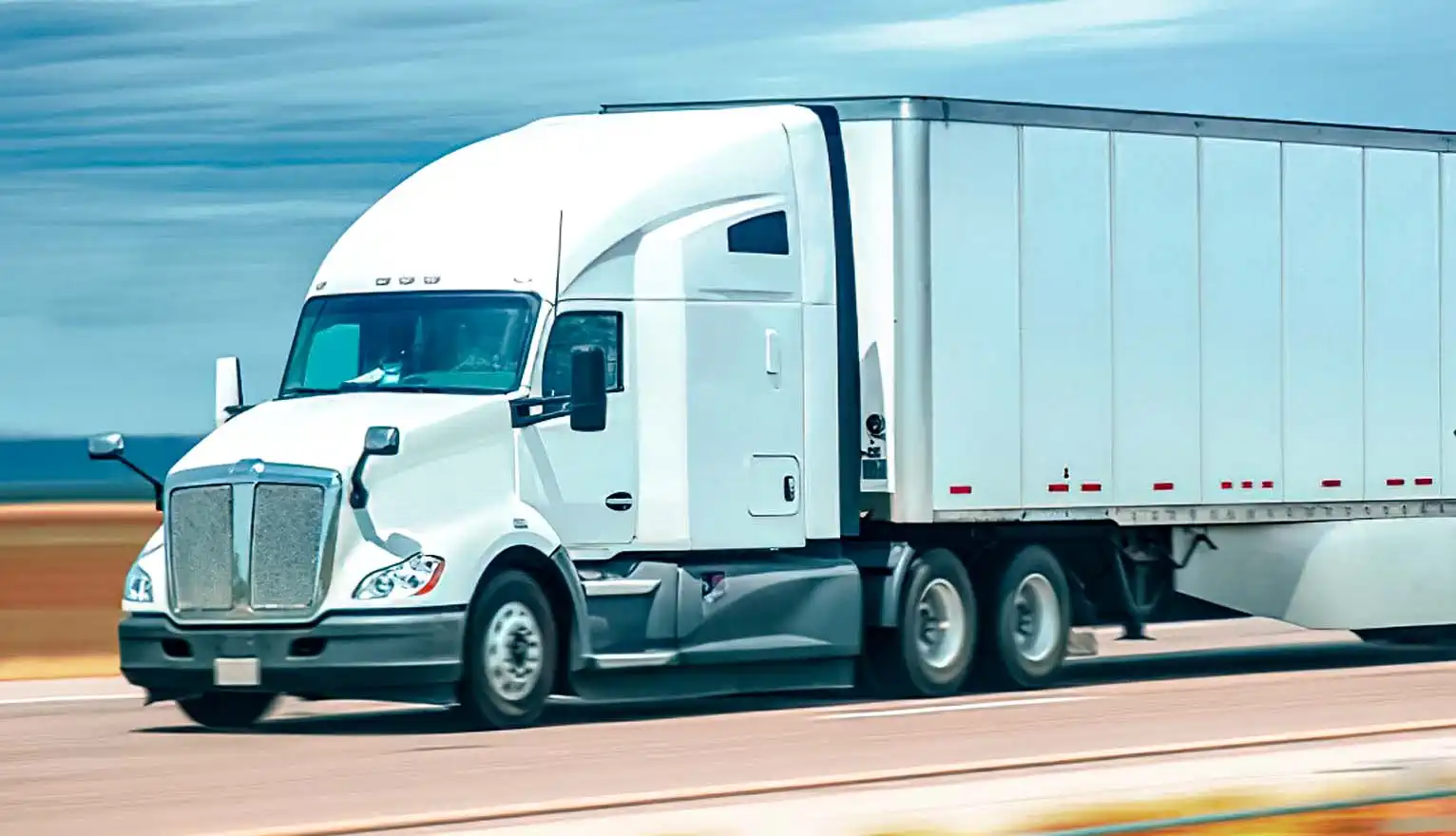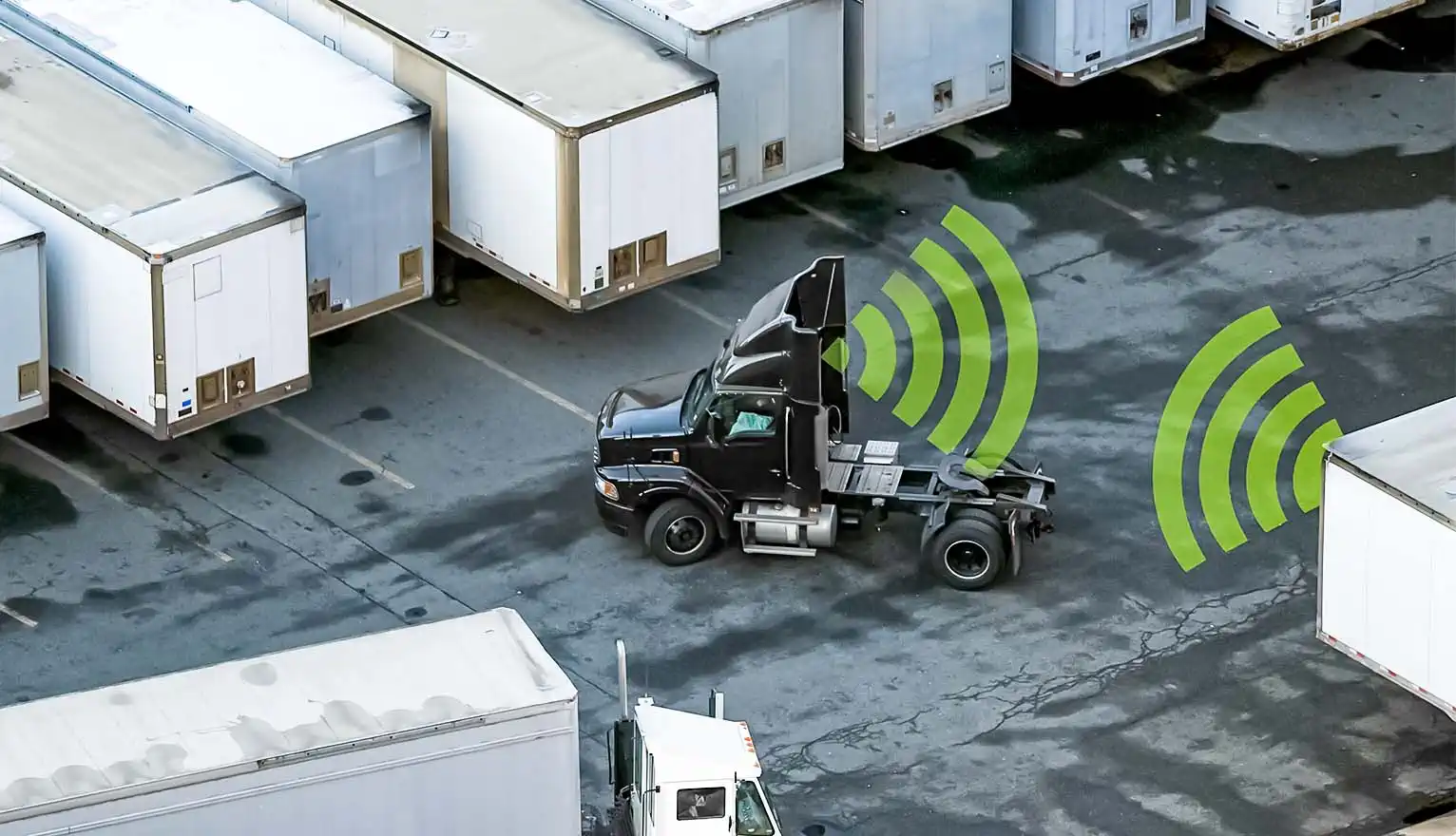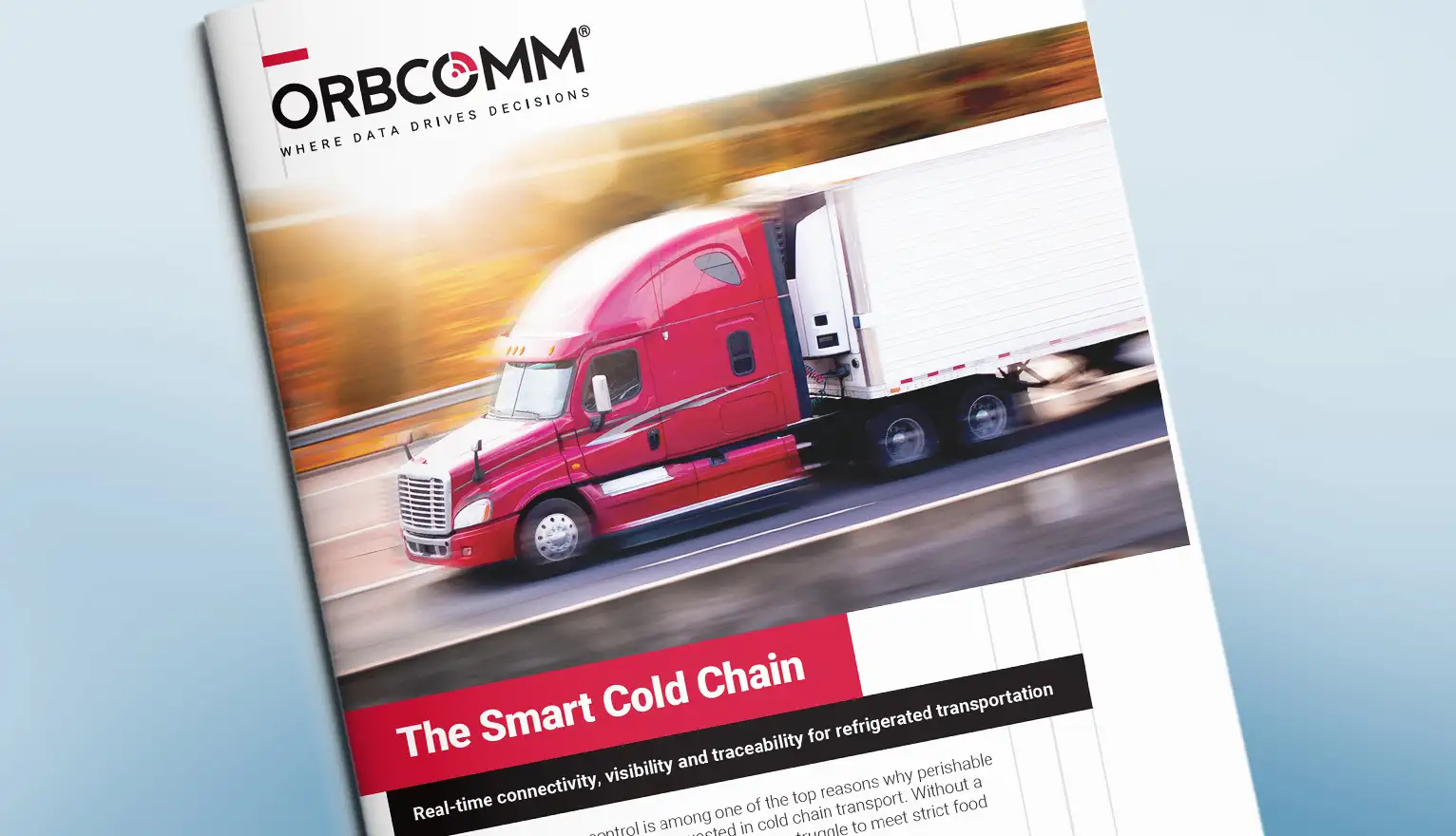
Advanced GPS fleet tracking and management
- Home
- Solutions
- Transportation
- Visibility
See more. Know more. Do more.

Visibility wherever you venture
Monitor any asset with GPS fleet tracking solutions

Dual-mode satellite/cellular

Cargo and trailer security
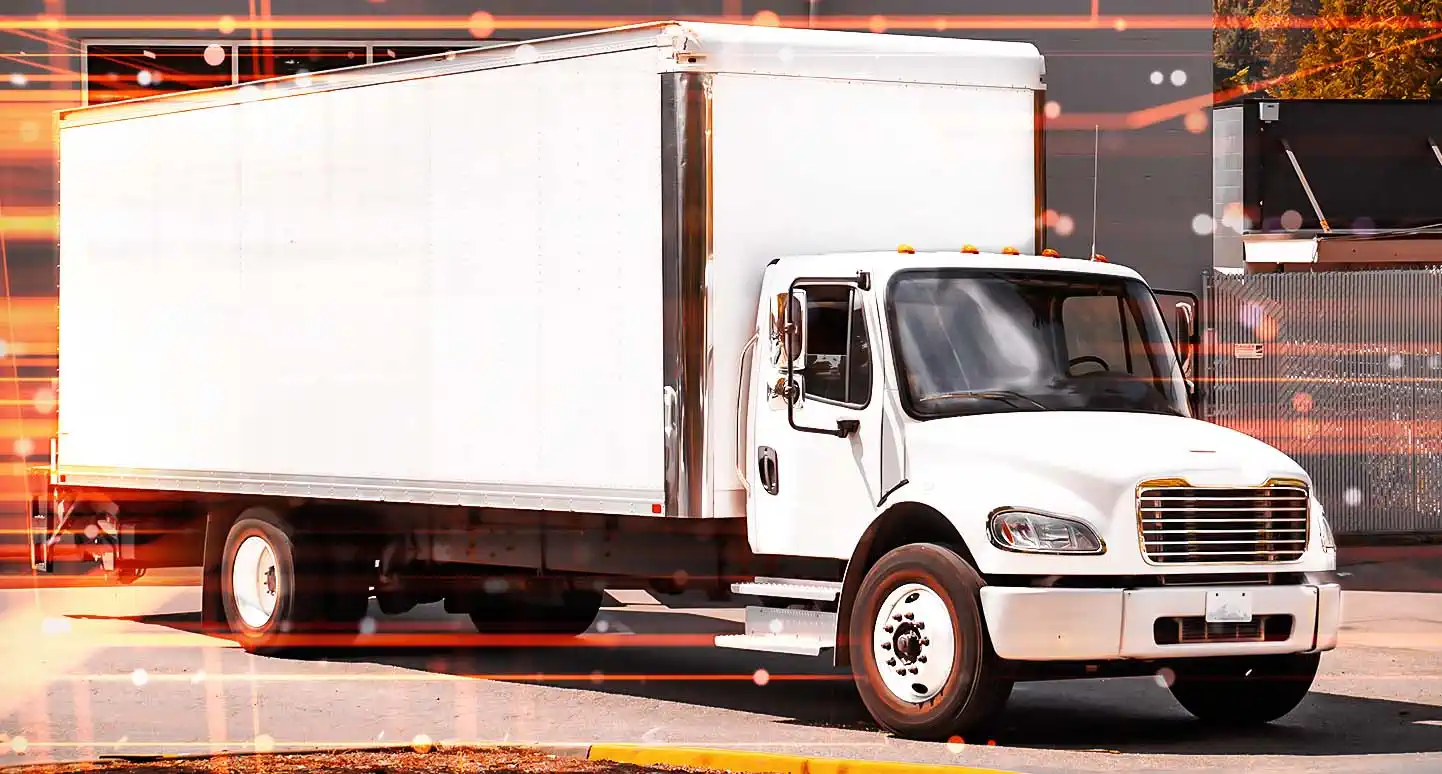
Exceed customer expectations
-
 Dry trailer
Dry trailer Dry trailerGet complete visibility and control over your trailers and cargo and see meaningful data and advanced reporting to improve fleet operations.
Dry trailerGet complete visibility and control over your trailers and cargo and see meaningful data and advanced reporting to improve fleet operations. -
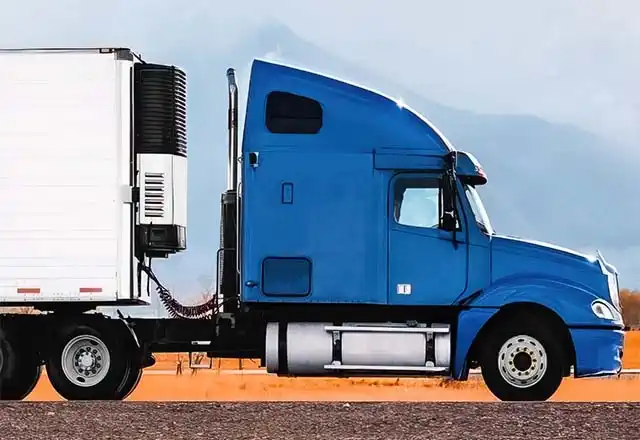 Reefer
Reefer ReeferOur industry-leading technology helps minimize the risk of spoiled goods and ensure regulatory compliance—all while improving productivity and customer service.
ReeferOur industry-leading technology helps minimize the risk of spoiled goods and ensure regulatory compliance—all while improving productivity and customer service. -
 Chassis
Chassis ChassisMinimize the risk of significant losses and the frequent replenishment of expensive inventory.
ChassisMinimize the risk of significant losses and the frequent replenishment of expensive inventory. -
 Container
Container ContainerNext-level solutions to track, monitor and control containers and protect cargo along the supply chain on road, rail or sea.
ContainerNext-level solutions to track, monitor and control containers and protect cargo along the supply chain on road, rail or sea. -
 Rail
Rail RailOptimize utilization, enhance security, check for damage and reduce operating costs with complete visibility and control of rail-based assets.
RailOptimize utilization, enhance security, check for damage and reduce operating costs with complete visibility and control of rail-based assets.

Customer experience
- Make smarter, data-based dispatch decisions.
- Track every vehicle in the fleet 24/7.
- See all of your trailers in one place.
- Get alerts when your vehicles arrive or leave.
Resources
Frequently asked questions
Fleet tracking consists of using telematics devices, GPS technology and cellular or satellite connectivity to track asset locations. This can be useful for a variety of reasons.
Knowing where assets are located with GPS truck tracking can help fleet managers plan their operations more effectively. It can show the length of time that assets spend in specific locations such as loading docks or yards, which can lead to helping identify inefficiencies and minimize asset detention.
Plus, it can play a role in determining the usage of each specific asset. Overutilizing assets can result in excessive repairs and replacements while underutilization can hide your fleet’s true production potential.
With fleet tracking, location data can be used to track vehicle movements and locations, With ensuring operations are being optimized across the fleet.
Like fleet tracking, fleet monitoring uses telematics devices, IoT sensors and cellular or satellite connectivity to track a variety of different asset parameters.
Businesses can use fleet monitoring to ensure temperatures in refrigerated containers are maintained at optimal levels. This can help curb cargo spoilage, limiting the risk of reduced loads and improving business relationships.
Here is a step-by-step guide to how fleet tracking systems work:
- A fleet tracking device is attached to an asset—whether it’s a truck, trailer, chassis or something else—and begins collecting GPS location data.
- This fleet tracking device transmits the collected data through cellular or satellite networks to a cloud-based software application.
- Once received by the software application, the data can be analyzed by the fleet.
Fleet tracking prices can vary depending on the use case, fleet size and budget. A simple track-and-trace solution that provides just location data can be relatively inexpensive compared to a more comprehensive solution with a configurable platform, in-depth reporting and analysis, optional satellite connectivity, impact detection, better battery life and more. For that reason, it’s important that businesses find the right fleet tracking device for their needs and budget.
Our fleet tracking solutions are made to be intuitive, as we understand some fleets would need to install hundreds, if not thousands, of devices depending on the size of their business.
That’s why we made it simple to deploy quickly and effectively, from device installation to connectivity to interacting with the data in the ORBCOMM platform.
And, if issues occur, we have a global multi-lingual team of technical customer support specialists ready and willing to help.
This can depend on the specific fleet tracking solution. However, knowing that fleets may need to install a large number of fleet tracking devices, we worked hard to ensure that deployment is quick and easy so fleets can get on the road, capable of making data-driven decisions sooner rather than later.
Fleets that are having trouble deploying can reach out to our expert customer support team if they have any questions or issues with their ORBCOMM fleet tracking solution.
Fleet tracking can benefit drivers in a variety of ways. With GPS location data, fleet managers can see when assets stop unexpectedly, leave their designated areas or act suspiciously, which can lead to them investigating further to ensure that drivers are safe. Plus, having access to location data around the clock can simplify driver-fleet manager communications, leaving drivers to focus on the road rather than on location reports.
From a fleet operations perspective, GPS fleet tracking can optimize routing, which is a win-win for drivers and fleet managers. When used with route optimization software, location data can put drivers on the most efficient path every time, allowing them to avoid traffic, accidents and other potential delays. This can also lead to faster deliveries and happier customers for fleet managers, improving overall business.







